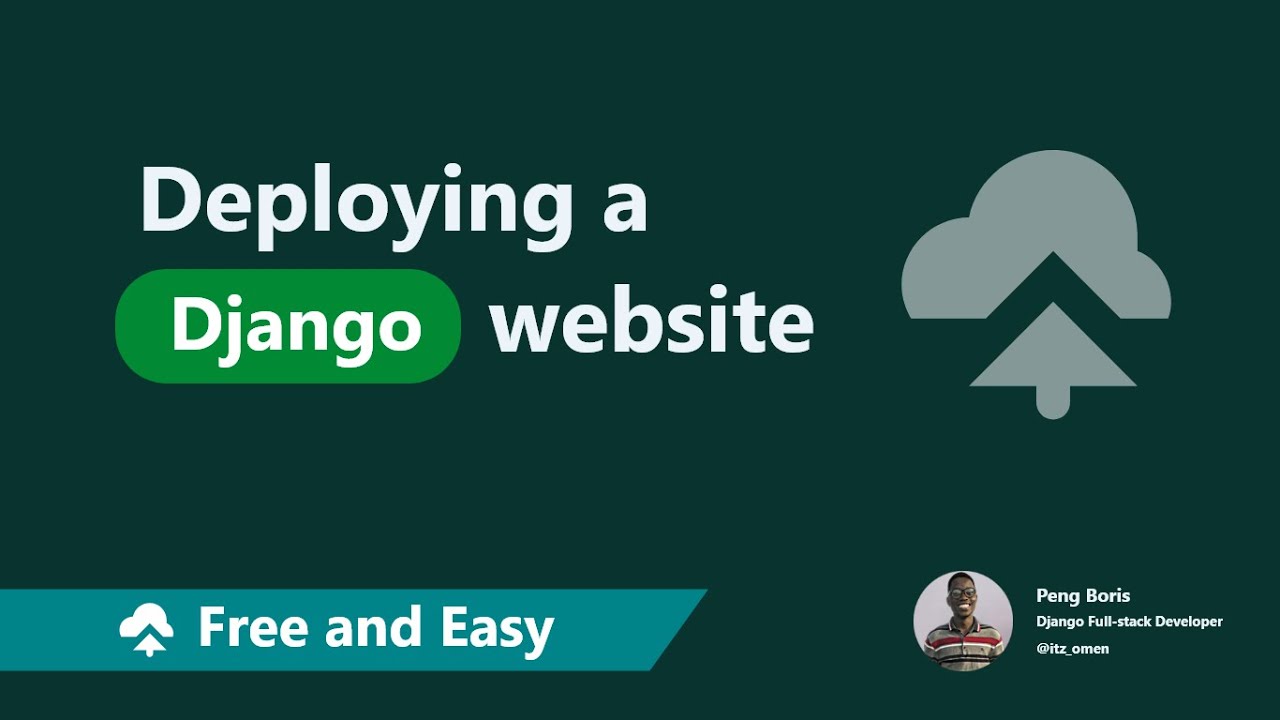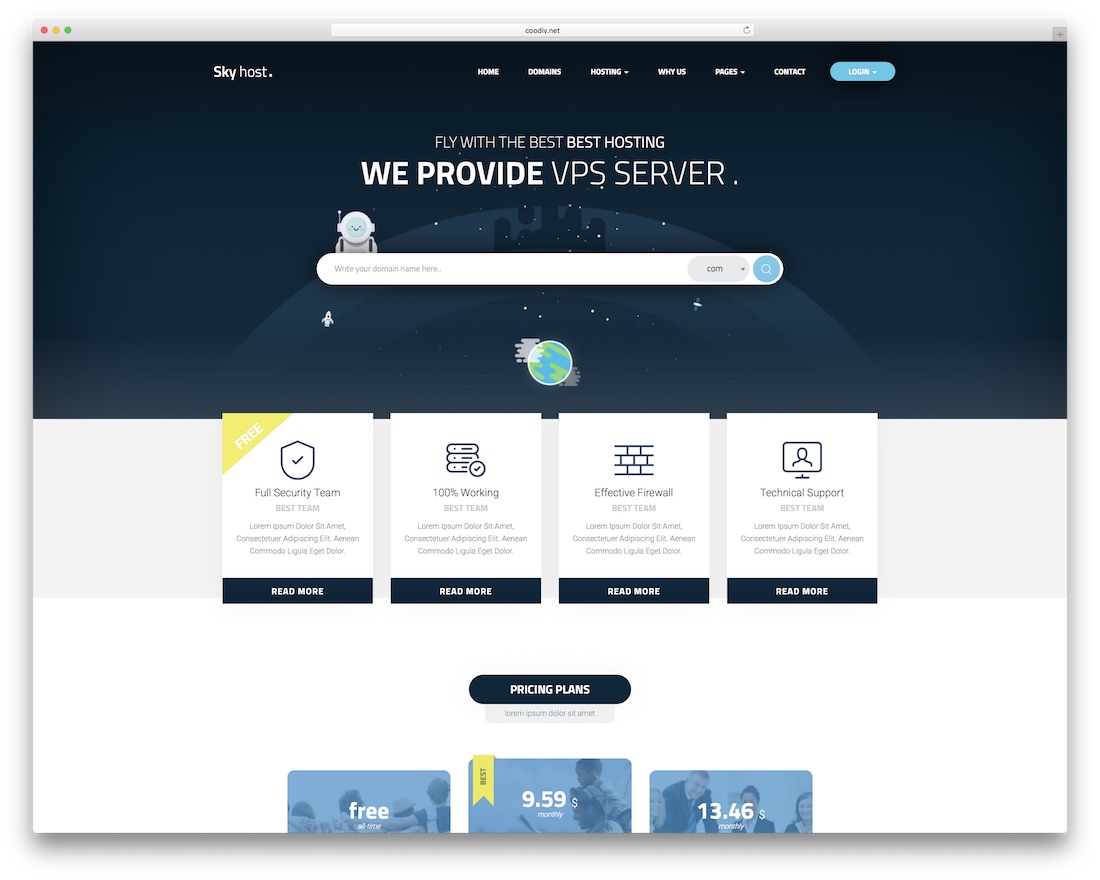Home web servers offer a unique and rewarding experience for tech enthusiasts and individuals seeking greater control over their online presence. They provide a platform to host personal websites, experiment with web development, and manage files and services privately. The ability to tailor a server to specific needs and preferences is a key advantage, empowering users to build a personalized online ecosystem.
This guide will walk you through the process of setting up a home web server, covering essential hardware, software options, configuration steps, and security considerations. From choosing the right components to securing your server, we’ll equip you with the knowledge to build a reliable and functional home web server.
Setting Up a Home Web Server
Setting up a home web server can be a fun and rewarding project, allowing you to host your own websites, applications, and services. It gives you control over your data and provides a platform for learning about web technologies. This guide will walk you through the essential steps involved in configuring a home web server and discuss best practices for securing your server.
Choosing a Server Operating System
The first step is to choose a suitable operating system for your web server. There are several options available, each with its strengths and weaknesses. Popular choices include:
- Linux Distributions: Linux is a highly versatile and popular choice for web servers. It offers a wide range of distributions, including Ubuntu, Debian, CentOS, and Fedora, each with its own features and support levels. Linux is known for its stability, security, and a vast community of users and developers.
- macOS: macOS can also be used as a web server. It offers a user-friendly interface and a relatively secure environment. However, it may not be as widely supported as Linux for web server applications.
- Windows Server: Windows Server is a commercial operating system designed for enterprise environments. While it can be used for home web servers, it may be more complex to manage and configure compared to Linux.
Installing a Web Server Software
Once you have chosen an operating system, you need to install a web server software. Popular choices include:
- Apache: Apache is one of the most widely used web servers, known for its stability, flexibility, and extensive documentation. It is a good choice for beginners.
- Nginx: Nginx is a high-performance web server that is particularly efficient for handling large numbers of concurrent connections. It is often used for serving static content and as a reverse proxy.
- Lighttpd: Lighttpd is a lightweight web server designed for speed and efficiency. It is suitable for serving static content and handling high-traffic websites.
Configuring the Web Server
After installing the web server software, you need to configure it to meet your specific requirements. This involves tasks such as:
- Defining Virtual Hosts: Virtual hosts allow you to host multiple websites on a single server. You can configure different virtual hosts for each website, specifying their domain names, document roots, and other settings.
- Setting Up SSL/TLS: SSL/TLS certificates are essential for securing your website and encrypting communication between your server and users. You can obtain a free SSL certificate from services like Let’s Encrypt or purchase a paid certificate from a certificate authority.
- Configuring Access Control: You can restrict access to certain areas of your website or server using access control mechanisms. This can involve setting up user accounts, password protection, or using IP address filtering.
Securing the Web Server
Securing your web server is crucial to prevent unauthorized access and protect your data. Here are some best practices for securing a home web server:
- Keep the Operating System and Software Up to Date: Regularly update your operating system and web server software to patch security vulnerabilities and receive the latest security fixes.
- Use Strong Passwords: Choose strong passwords for your server accounts and applications. Avoid using easily guessable passwords and enable two-factor authentication whenever possible.
- Limit User Permissions: Only grant users the minimum permissions they need to perform their tasks. This reduces the risk of malicious activity by limiting access to sensitive files and directories.
- Disable Unnecessary Services: Disable any services or applications that are not required for your web server. This reduces the attack surface and minimizes potential security risks.
- Implement a Firewall: A firewall acts as a barrier between your server and the outside world. It can block unauthorized access and prevent malicious traffic from reaching your server.
- Monitor Server Logs: Regularly monitor your server logs for suspicious activity. This can help you identify potential security threats and take appropriate action.
Designing a Simple Web Server Configuration
Here is an example of a simple web server configuration for a single website:
Apache Configuration (httpd.conf):
ServerName example.com DocumentRoot /var/www/html/example.com Options Indexes FollowSymLinks AllowOverride All Require all granted
This configuration defines a virtual host for the domain name “example.com” and sets the document root to “/var/www/html/example.com”. The “Options Indexes FollowSymLinks” directive enables directory listings and allows symbolic links. The “AllowOverride All” directive allows .htaccess files to override configuration settings within the directory. The “Require all granted” directive grants access to all users.
Nginx Configuration (nginx.conf):
server listen 80; server_name example.com; root /var/www/html/example.com; location / try_files $uri $uri/ =404;
This configuration listens on port 80, defines the server name as “example.com”, and sets the root directory to “/var/www/html/example.com”. The “location /” block defines the default location for all requests and uses the “try_files” directive to try to serve the requested file or directory. If the file is not found, it returns a 404 Not Found error.
Security Considerations

Running a web server, even on a home network, introduces security risks. It’s crucial to understand these risks and implement appropriate security measures to protect your server and the data it hosts.
Security Risks, Home web server
A home web server can be vulnerable to various attacks, including:
- Denial-of-Service (DoS) Attacks: These attacks aim to overwhelm your server with traffic, making it unavailable to legitimate users. A common DoS attack is a SYN flood, where attackers send a large number of connection requests to the server, exhausting its resources.
- Malware Injection: Attackers can exploit vulnerabilities in your server’s software or configuration to inject malicious code, such as viruses, worms, or ransomware. This code can compromise your server’s security, steal data, or disrupt its operation.
- Unauthorized Access: Attackers may attempt to gain unauthorized access to your server through brute-force attacks, exploiting weak passwords, or vulnerabilities in your web applications. Once they have access, they can steal data, modify your website, or even launch further attacks.
- Data Breaches: If your server is not properly secured, sensitive data stored on it, such as user credentials, financial information, or personal details, can be exposed to unauthorized access. This can have serious consequences, including identity theft, financial losses, and reputational damage.
Implementing Security Measures
To mitigate these risks, you need to implement robust security measures:
- Strong Passwords: Use strong, unique passwords for your server and any applications running on it. Avoid using easily guessable passwords and enable two-factor authentication whenever possible.
- Firewall: A firewall acts as a barrier between your server and the internet, blocking unauthorized access. Configure your firewall to allow only necessary traffic and block all other connections.
- Regular Software Updates: Keep your server’s operating system, web server software, and any applications running on it up to date with the latest security patches. These updates often fix vulnerabilities that attackers can exploit.
- Secure Configurations: Configure your server’s settings to minimize vulnerabilities. For example, disable unnecessary services, limit user access, and enable security features like HTTPS.
- Intrusion Detection System (IDS): An IDS monitors your server’s network traffic for suspicious activity and alerts you to potential threats. This can help you detect and respond to attacks before they cause significant damage.
- Regular Security Audits: Periodically review your server’s security configuration and practices to identify and address any weaknesses. You can use automated tools or hire a security professional to conduct these audits.
Last Word: Home Web Server

Creating a home web server is a journey that combines technical knowledge with creative exploration. Whether you’re aiming to host a personal website, learn about server administration, or simply enjoy the challenge of building your own online infrastructure, this guide provides a solid foundation. As you embark on this journey, remember to prioritize security, stay updated on best practices, and enjoy the satisfaction of building your own digital world.




